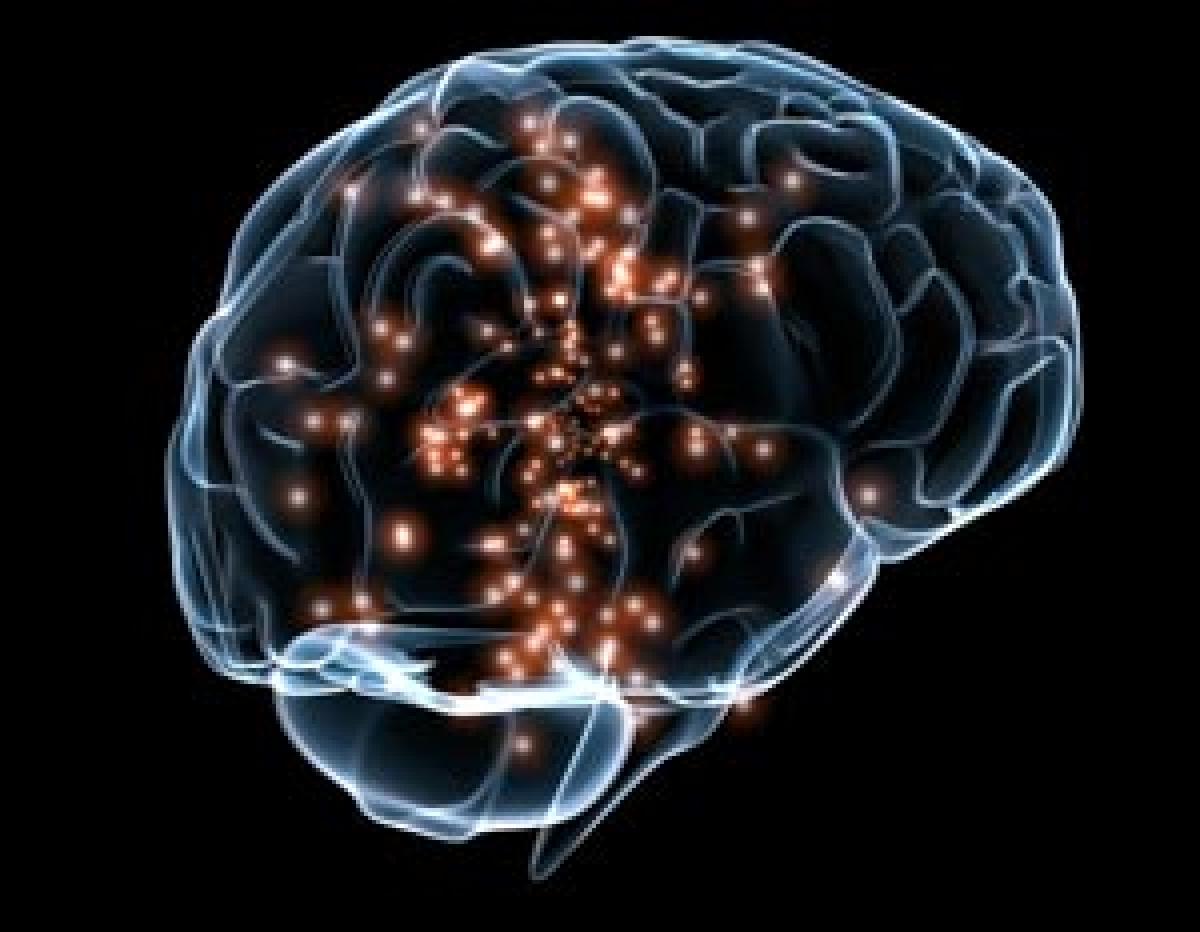Live
- Man held for posting obscene photos
- iOS 18.2: Apple’s New Battery Intelligence Feature Coming Soon
- PM Modi’s ‘Bharat 6G Vision’ poised to get another booster
- Food stalls raided
- Garena Free Fire MAX Redeem Codes for November 8, 2024
- IT Raids on Ex-MLA Grandhi Srinivas Continue for Third Day in Bhimavaram
- Jharmunda-Boudh section gets CRS nod
- Upcoming Telugu OTT Releases This Week: Devara, Meiyazhagan, Kali
- Trapped leopard rescued
- Vijayawada: Seven police officers get IPS rank
Just In

Researchers, including one of Indian-origin, have developed a technology that may aid in driving drugs or nanoparticles to injured areas of the brain, leading to new therapeutics for traumatic brain injuries.
Researchers, including one of Indian-origin, have developed a technology that may aid in driving drugs or nanoparticles to injured areas of the brain, leading to new therapeutics for traumatic brain injuries.
"Current interventions for acute brain injury are aimed at stabilising the patient by reducing intracranial pressure and maintaining blood flow, but there are no approved drugs to stop the cascade of events that cause secondary injury," said lead author Aman Mann, post-doctoral researcher at Sanford Burnham Prebys Medical Discovery Institute (SBP) in the US.
The researchers found a peptide sequence of four amino acids, cysteine, alanine, glutamine, and lysine (CAQK), that recognises injured brain tissue. In mouse models of acute brain injury, this CAQK carried the drug-sized molecules and nanoparticles to the damaged areas.
"Using this peptide to deliver drugs means they could be administered intravenously, but still reach the site of injury in sufficient quantities to have an effect," said Erkki Ruoslahti, Professor at SBP.
While the initial injury cannot be repaired, the damaging effects of breaking open brain cells and blood vessels that ensue over the following hours and days can be minimised, the researchers said.
"Our goal was to find an alternative to directly injecting therapeutics into the brain, which is invasive and can add complications. This peptide could be used to deliver treatments that limit the extent of damage," Ruoslahti explained in the paper published in the journal Nature Communications.
This peptide could also be used to create tools to identify brain injuries, particularly mild ones, by attaching the peptide to materials that can be detected by medical imaging devices. "As the peptide can deliver nanoparticles that can be loaded with large molecules, it could enable enzyme or gene-silencing therapies," Ruoslahti added.
The CAQK peptide also binds to components of the meshwork surrounding brain cells called chondroitin sulfate proteoglycans, amounts of which increase following a brain injury. When tested in injured human brain samples, this peptide binding was found to have the same selectivity, the researchers concluded.

© 2024 Hyderabad Media House Limited/The Hans India. All rights reserved. Powered by hocalwire.com







